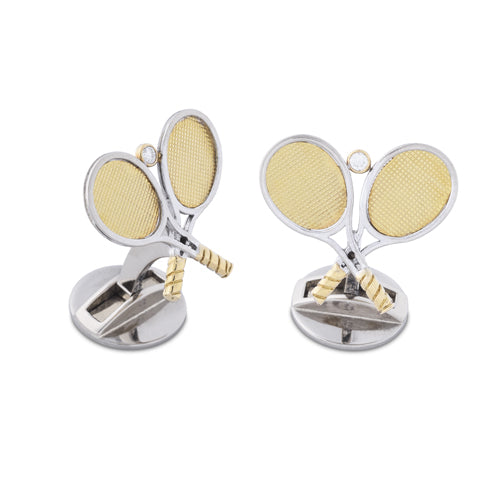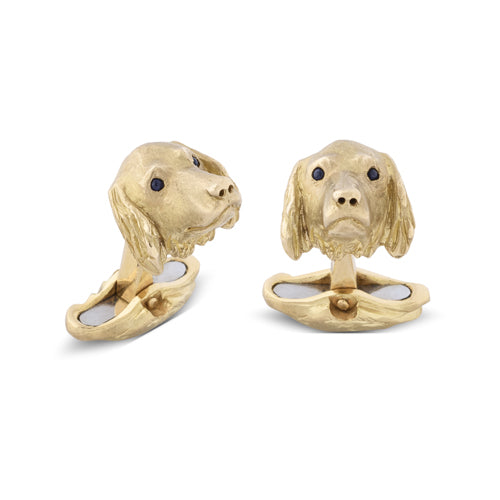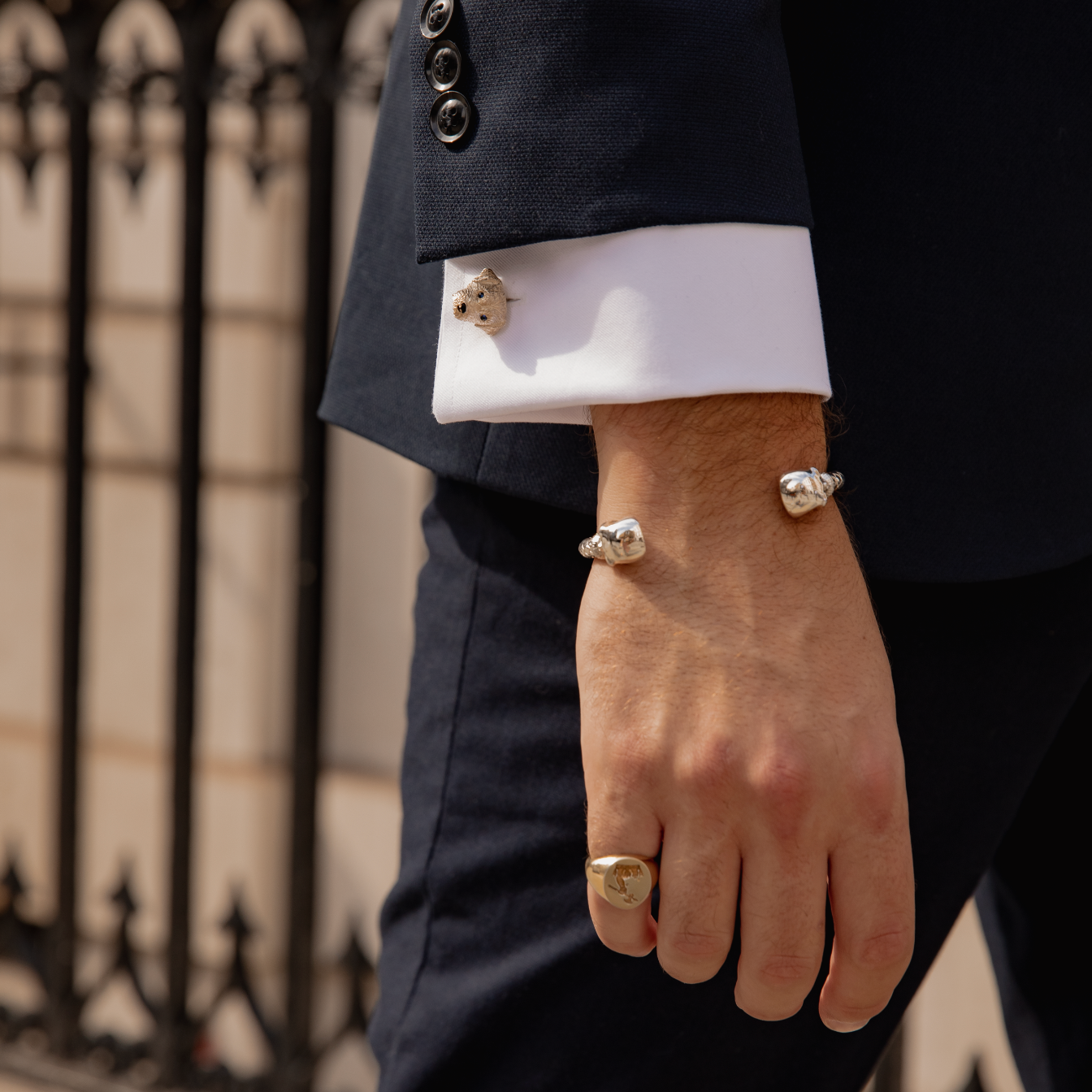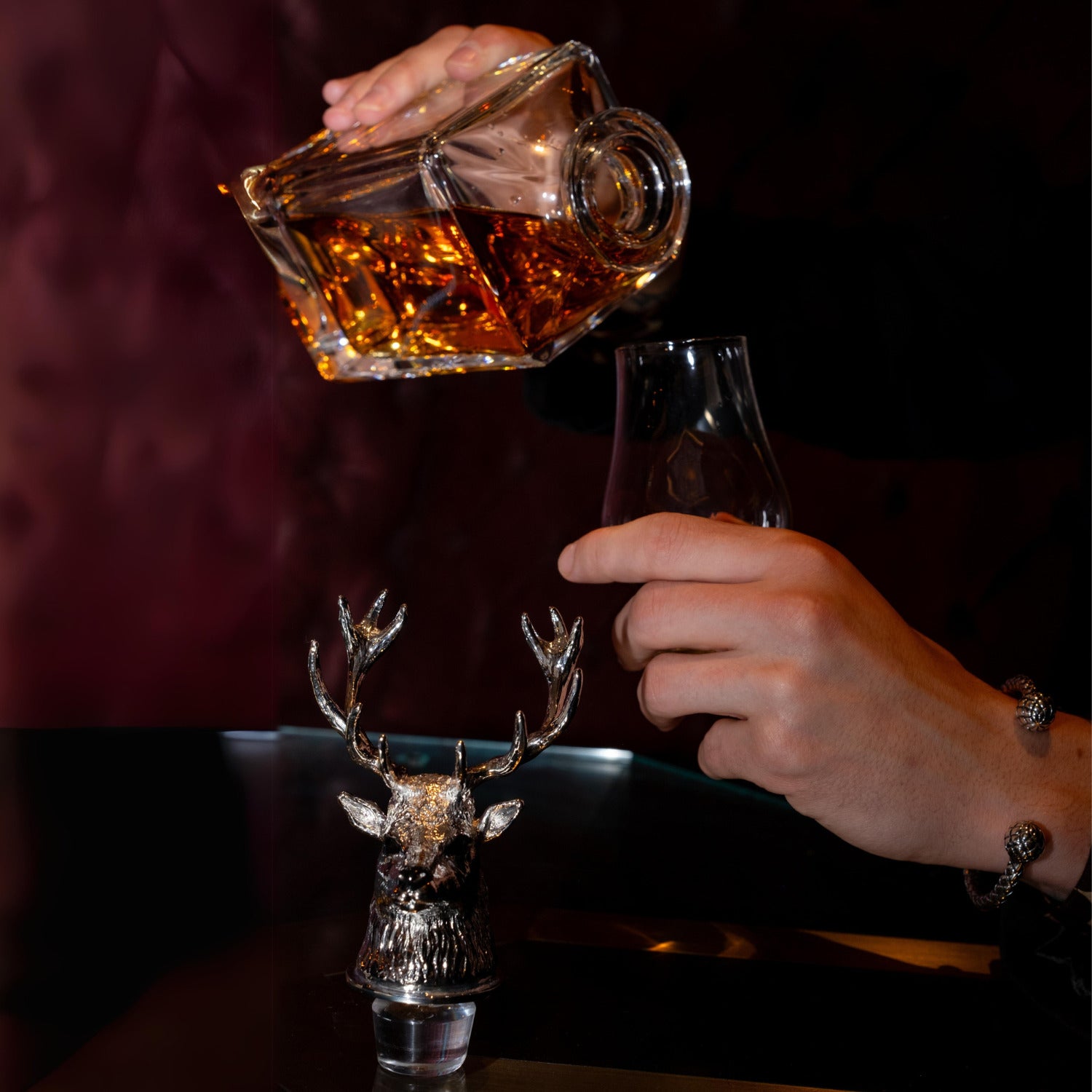Originally established as a way to protect against fraud, this aim has remained unchanged. By assaying (testing) and marking precious metals, hallmarking is one of the oldest forms of consumer protection.

Hallmarking dates back to 1300 when a statute by Edward I instituted the assaying and marking of a precious metal. This statute allowed the London Assay Office to assay silver and gold in Goldsmiths Hall in London, which is still there today.
In 1773 The Birmingham Assay Office was founded by an Act of Parliament. The manufacturer Matthew Boulton realised that trade would not prosper without an Assay Office based in Birmingham. As Birmingham was the home to a flourishing silversmithing trade at that time, it was vital for the City to grow its silversmithing trade and the addition of an Assay Office was required. Boulton therefore lobbied parliament until he was successful in getting an Act of Parliament approved, which founded the Birmingham Assay Office. Today it is one of four Assay Offices, with the others located in London, Sheffield and Edinburgh.
“During long stays in London whilst the Act of Parliament was being debated, Boulton stayed at the Crown & Anchor Tavern in the Strand, a popular haunt for politicians, where much of the business was transacted. Quite how the decision was made is unclear, but it was probably the toss of a coin which determined that Birmingham, in the heart of the country and many miles from the sea, should adopt the Anchor as its hallmarking symbol, whilst Sheffield took the Crown (subsequently changed to the Rose). Brummies are eternally grateful that Boulton did not stay at the Slug & Lettuce – or worse!”

The Assay Office began its life in Birmingham situated in three rooms above an Inn. “The Act of Parliament stipulated that the Office should be controlled by a Board of thirty-six Guardians of the Standard of Wrought Plate in Birmingham, of whom not more than nine nor less than six might be connected with the trade.” Created to be self-supporting, with all the revenue derived from assaying and marking charges, meant a rapid industrial growth. The Assay Office moved to Newhall Street in 1877, where it remained for 135 years, until a new building was built specifically to provide a safe and more suitable environment.
Now located on Icknield Street, the Birmingham Assay Office has evolved into more than just an assaying and hallmarking centre. Its Other services include an independent jewellery and watch valuation service, analytical testing, diamond and gemstone identification and certification, and a training Academy offering a wide portfolio of training courses centred around precious metals, diamonds, gemstones and product compliance. Henry Deakin, a seventh-generation jeweller whose forefathers were founders of the Birmingham Assay Office became a Guardian of the Birmingham Assay Office, ensuring that consumers continue to be protected with the Birmingham Hallmark, including the famous Anchor being placed on all Deakin & Francis pieces.










